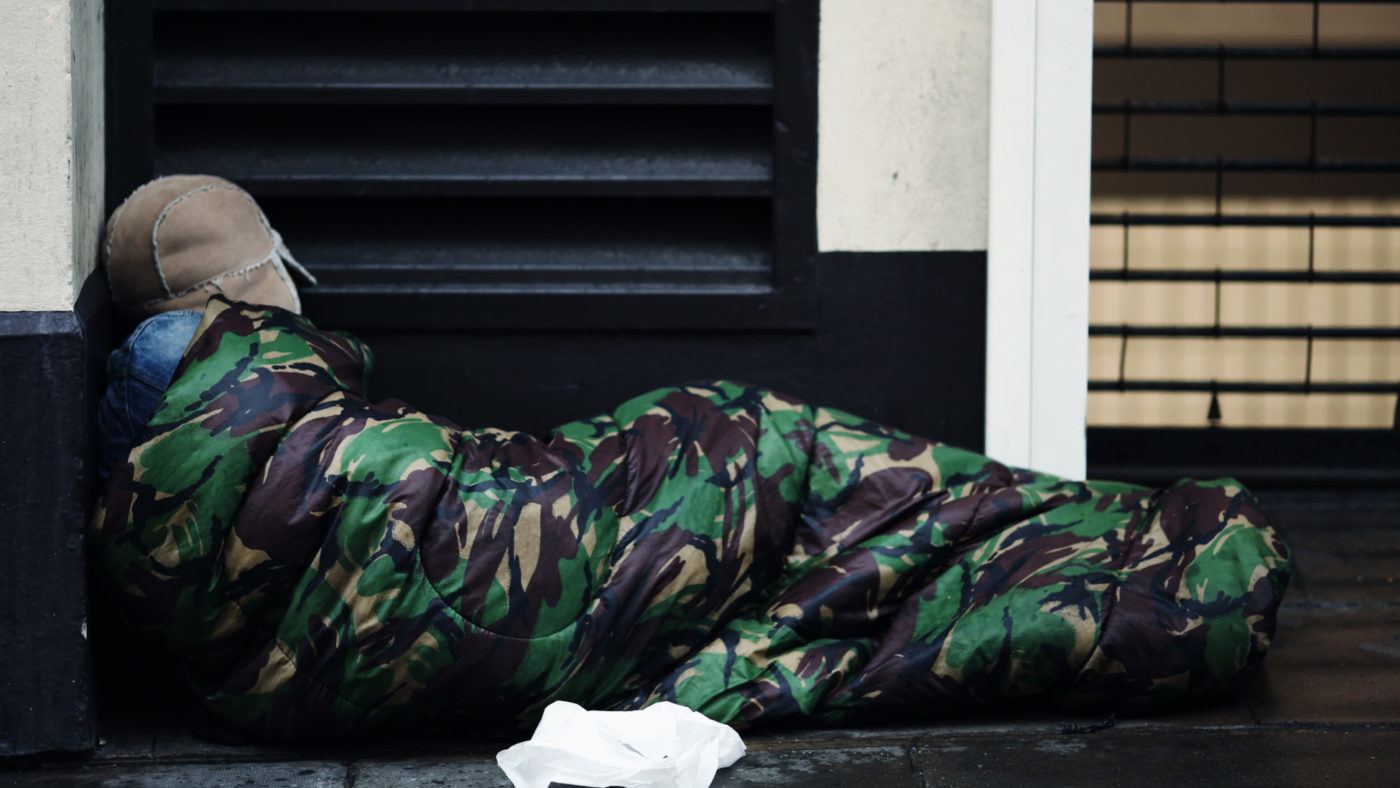How marvellous it is to see Worstall’s Fallacy at full gallop this morning. In its new report, the IPPR warns us that there’s a hidden crisis of rural homelessness about which Something Must Be Done. Their research found that 6,270 households were accepted as homeless in 91 mainly or largely rural authorities in England in 2015-2016.
Therefore, as the report argues:
“Taking the government’s white paper as a starting point, rural areas should actively explore these opportunities for assuming more power over their housing markets, especially on issues of empty homes, holiday lets and affordable housing, which can be particularly significant to housing options in rural areas.”
Or in other words: can’t let those appalling townies rent a place for a couple of weeks of fresh air when there are locals going wanting now, can we?
Which is where the Fallacy comes in. The IPPR is demanding action. But the Fallacy suggests that we need to look at what is already being done, determine what the residual of the problem is and only then decide whether more action is needed or not.
As an example, let’s look at income inequality. We use post-tax and post-benefits income to measure this – anyone insisting that we measure only by headline wages would be regarded as something of an idiot. We should measure poverty, or inequality, after taking into account the things we already do to reduce them.
As another example, consider wealth inequality. We do not measure the effects of the things we do to reduce this inequality – you know, that welfare state and all that. Even with pensions inequality, private pensions, fully funded ones, are counted as wealth, state unfunded ones are not nor is the old age pension. Yet someone getting equal money each week for the rest of their lives, whatever the source, has equal wealth we’re just not counting it as such.
So what we need to know is how much of this homelessness problem is left after we’ve measured what we currently do about it.
The answer is in the report:
“From 2010 to 2016, mainly rural local authorities recorded a rise from 191 to 252 rough sleepers – an increase of 32 per cent. In largely rural areas there has been a leap of 52 per cent…”
I would consider a residual of 252 people rough sleeping in the mainly rural areas of a nation of 65 million as being pretty good for Government work.
The thing is, you must be classified as officially homeless before the support system kicks in. At which point the various services take action and these people are housed. We can conclude, therefore, that the system is largely working for all those thousands of homeless households we saw in the IPPR report because only a miniscule fraction of them end up sleeping rough.
To deal with those last few hundred homeless, we should turn to a slightly different set of data, more about London but still, usefully indicative. These tell us that 59 per cent of rough sleepers are of non-UK origin. And while we do indeed, or should, have that agape style Christian love for our bretheren, it might be a little extreme to confiscate country cottages to accommodate foreigners, no?
But let’s take an even closer look:
“Of those rough sleepers who had a support needs assessment recorded, 43 per cent had alcohol support needs, 31 per cent drug support needs and 46 per cent mental health support needs, with 13 per cent having all three needs and 26 per cent having none of these three needs. No support needs assessment was recorded for 32 per cent of rough sleepers.”
To a large extent, those pitching in doorways are either those not covered by this system – the foreign nationals – or the mentally or addiction addled. Anyone at all who has worked in this field will agree that getting those latter two groups to stay in provided housing is the problem, not the availability of it.
So while there is a problem with homelessness, we largely solve it. Not perfectly, obviously, as this is both humanity and government we’re talking about; nothing is ever going to be perfect. But there’s no need to fall for the fallacy of the scale of the initial problem and deciding that much more must be done. Clearing up 252 rough sleepers is a far different problem from having 6,000 homeless households. That second problem we’ve already near solved, but the first, it’s a bit trickier.


